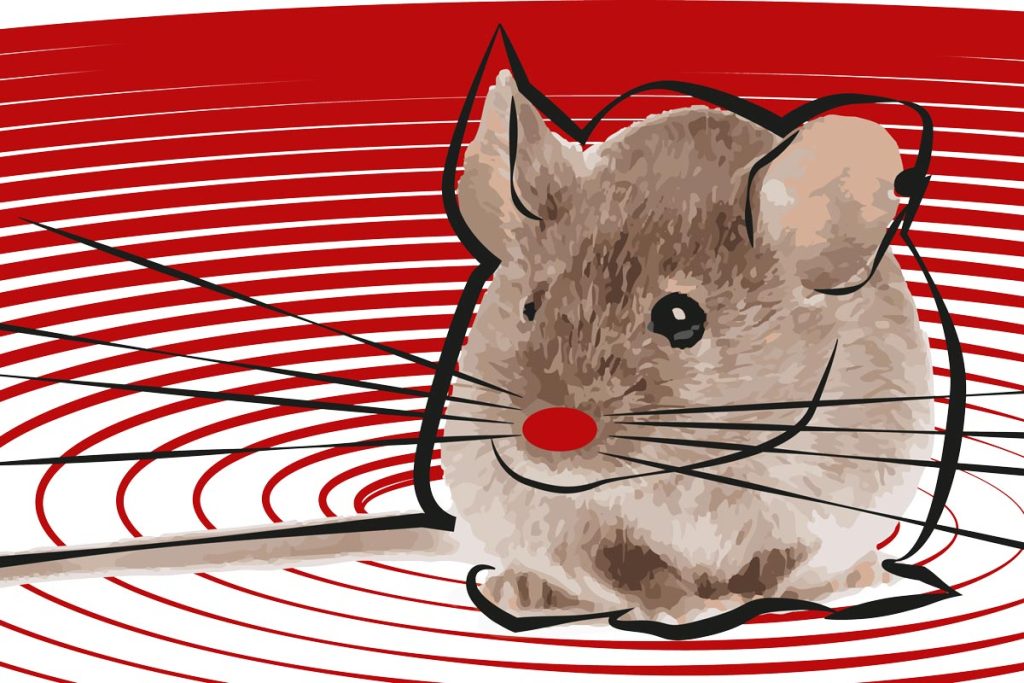I was sitting on the balcony with my wife the other day. It was a mild evening. We had two freshly mixed summer drinks in front of us. The recipe, calling for Ramazotti, sparkling wine, tonic water and thyme, had come to us via Instagram.
The ice cubes were ringing away in the glass. We were talking about whether you really have to approve of thyme in alcoholic beverages just because a four-digit number of people we didn’t know had “liked” the recipe. Suddenly the gentle mood was disturbed. Loud music was playing in the playground opposite. Laughter, shouting, yelling. Young people in high spirits had arrived with boomboxes and playlists. German hip-hop wafted up to us from the darkness of the trees and climbing frames. It was as loud as if the speaker was on our balcony table between the thyme drinks. I have nothing against rap and hip-hop. As a child of the eighties, I grew up with Run-D.M.C. and the Beastie Boys. But these were songs of questionable style and meter. Songs with beats from the DIY store and lyrics that hoped to create a kind of cheap ghetto credibility with the overuse of “bitch” and “bro”. Well, I’m not the target audience. I recently read that “Last Christmas” is no longer the longest-placed song in the German music charts. Wham! was overtaken by Apache 207 and “Roller”. Okay, I thought. I don’t know the name. Then realized on Youtube: I don’t know it at all.
Now here’s a thought that fits the theme: Male mice make complex sounds during courtship and mating. They sing, just like whales do in the water and birds in the trees. Scientists from the Konrad Lorenz Institute for Comparative Behavioral Research at the University of Veterinary Medicine, Vienna have now discovered that mice produce astonishingly complex songs to attract mates. The big difference to the bitch-attracting song of Apache 207 and its ghetto-bros: the mice’s song cannot be heard by humans as it is intoned in the ultrasonic spectrum. The small distance between their ears means that mice can only precisely localize sound sources with short wavelengths in the ultrasonic range. Broad-skulled elephants, on the other hand, like to articulate in the infrasonic range using low, long-wave frequencies that are transported over long distances.
Oh, I wouldn’t mind listening to the song of a field mouse on the balcony in the evening. I imagine it to be like the chirping of a cicada, perhaps even as harmonious as the song of a nightingale. Who knows what hidden talent lies dormant in the undergrowth of the playground opposite? Probably none, unfortunately. Even the most unmusical mouse will have run for the hills when Apache 207 and colleagues were booming away at the weekend. Because these beats from a hopelessly bass-heavy boombox are likely to have been heard by the infrasonic elephants in the zoo around ten kilometers away as well as the ultrasonic mice in the playground bushes, regardless of the distance between their ears.
PS: Useless facts, part 30: The fact that mice can sing has of course been known since August 28, 1929 at the latest. This was the date when the movie Mickey’s Follies was released in cinemas. In it, the main character, a mouse that would go on to be a world star, sings the now classic cartoon movie song “Minnie’s Yoo-Hoo”, written by Walt Disney’s in-house composer Carl Stalling. That’s how you sing about your bitch, Mr. Apache 207: “I’m the guy they call Little Mickey Mouse / Got a sweetie down in the chicken house / Neither fat nor skinny / she’s the horse’s whinny / She’s my little Minnie Mouse.”


